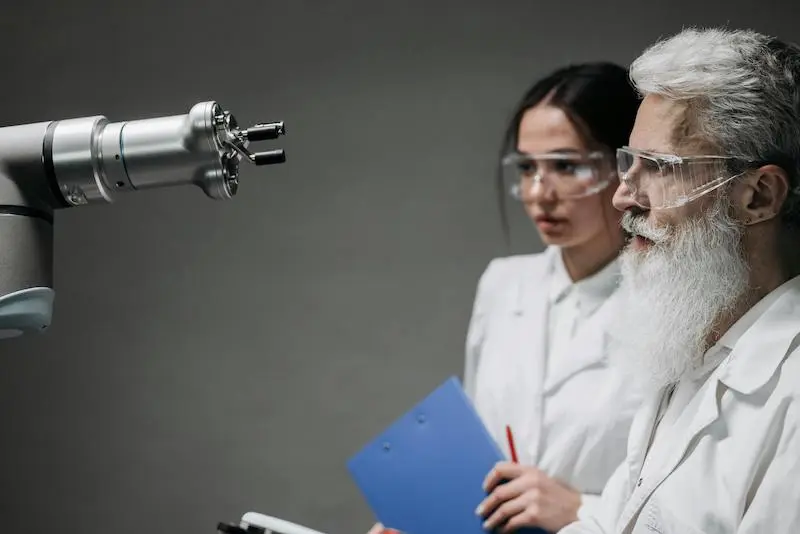Artificial intelligence (AI) is no longer just about marketing. The discussion is not only about chatbots or search engines because those already exist, but what is becoming increasingly important and fascinating is that AI is getting better at understanding human beings, even simple gestures like how we move our eyes and our facial expressions.
Reading Our Faces and Eyes
AI algorithms play a vital role in facial recognition, using neural networks and deep learning models to perform these tasks. The process involves analyzing captured data and continuously improving its ability to recognize faces. Until now, most of us have used computers as machines that perform tasks like word processing, browsing the Internet, sending emails, playing games, or more complex uses at work. Now, they’re becoming machines that can tell how you are feeling by looking at your face. That is the level of intelligence AI has developed so far. It can study even tiny details, like if you tighten your jaw or widen your eyes, and immediately capture emotions such as anger, confusion, or surprise. To reach these conclusions, the software needs to process millions of facial images within seconds to learn the different feelings that humans experience.
Yes, AI is certainly getting better at reading fine details involved in human emotions. This process gives AI a deep understanding of how humans feel emotionally. Impressively, AI can even detect the minute movements in our eyes. This makes AI very useful in the automobile industry, where it can predict when a driver is losing focus while driving. In entertainment, game developers use tools that allow players to aim or navigate using their gaze. This technology is also helping lie detection by analyzing pupil size and blinking patterns to assess whether a person is truthful or dishonest.
Inside the Human Body
The ability to sift through vast data sets and predict diseases or even a patient’s response to drugs is phenomenal. Scientists around the world are using AI to search for treatments to provide relief for painful or rare diseases. AI is making transformative progress in the medical field and becoming a great aid for doctors in diagnosing diseases. Because of AI’s pattern recognition abilities, it can detect details that humans might miss. For example, AI can analyze MRI reports and X-rays to detect or predict early signs of diseases such as cardiovascular issues, cancer, or infections. This technology helps doctors find diseases before symptoms appear, sometimes preventing critical illness. This is a groundbreaking advantage in healthcare.
Understanding How We Move
Patterns are everywhere like how we walk, and how we move. AI is learning to read these patterns. Some use cases include helping athletes improve performance by fine-tuning their movements, enhancing prosthetic limbs, or assisting patients during physical therapy. AI analyzes many aspects of human life such as how we walk, run, and interact with the world.
Animators’ Advantage with AI
From generating lifelike characters to creating realistic environments, AI is transforming animation. Tasks that once required manual work are now automated, allowing humans to focus on creative efforts. AI is changing how animated movies and games are made. In the past, animators had to manually set every pose for characters, but now AI can create realistic, smooth movements automatically. This helps animators work faster and produce more natural, lifelike animations.
Speaking Into the Brain
AI can also sift through large data sets of brain activity. In some cases, AI can predict outcomes with about 90% accuracy. One of the most advanced developments is AI’s ability to interpret brain activity. Researchers are experimenting with AI tools that can turn brain signals into speech, measure pain levels, and even visualize a person’s thoughts, which is truly breathtaking.
In a recent study, AI used brain scans to create rough images of what a person was looking at. These images were based on blood flow patterns in the brain. Although this is still in the early stages, it hints at a future where AI might interpret and visualize our dreams.
A Mirror to Ourselves
One of AI’s best uses is recognizing patterns in images, biological signals, or movements. This technology is rapidly growing, and as it develops, it not only helps machines understand humans better but also helps us understand ourselves better. AI’s powerful pattern recognition allows for stronger observations and predictive analysis.
As AI advances in decoding emotions and spotting hidden illnesses, it is becoming a powerful technology that will greatly benefit healthcare and our understanding of the human body and mind.
